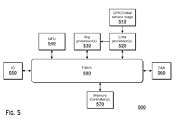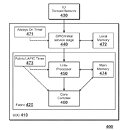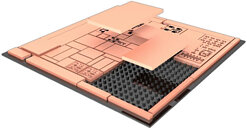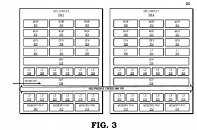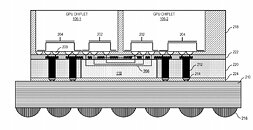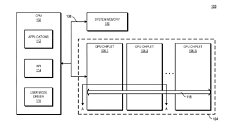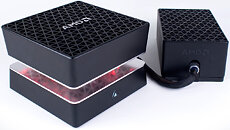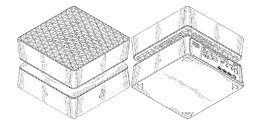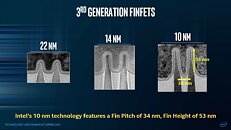
Microsoft Files to Patent a New Pixel Dimming Technology
Microsoft, in a patent application, revealed that it is developing a new pixel dimming technology that allows software to control the brightness of specific regions of a compatible display, to greatly enhance realism. Put simply, this is a means for software to tell a display to increase the brightness of specific pixels of a display, while dimming others.
This is accomplished more easily on some display types, such as OLED, where each pixel is its own source of illumination. LCDs rely on backlit illumination from usually no more than a hundred LEDs, and so they're not capable of this technology, at least the way Microsoft describes it. Patent applications tend to have oversimplified language, and here, Microsoft describes how a component called an EM gate driver sends a PWM signal to pixels to adjust their brightness. All modern displays rely on the concept of PWM to adjust brightness, where the number of pulses of energy in a time period define how bright a display gets; and so Microsoft's language is rather vague. What's important, though, is that the company is claiming that it found a way to dim individual pixels. The patent application was originally filed in 2022, but published on March 21, 2024.
This is accomplished more easily on some display types, such as OLED, where each pixel is its own source of illumination. LCDs rely on backlit illumination from usually no more than a hundred LEDs, and so they're not capable of this technology, at least the way Microsoft describes it. Patent applications tend to have oversimplified language, and here, Microsoft describes how a component called an EM gate driver sends a PWM signal to pixels to adjust their brightness. All modern displays rely on the concept of PWM to adjust brightness, where the number of pulses of energy in a time period define how bright a display gets; and so Microsoft's language is rather vague. What's important, though, is that the company is claiming that it found a way to dim individual pixels. The patent application was originally filed in 2022, but published on March 21, 2024.






















